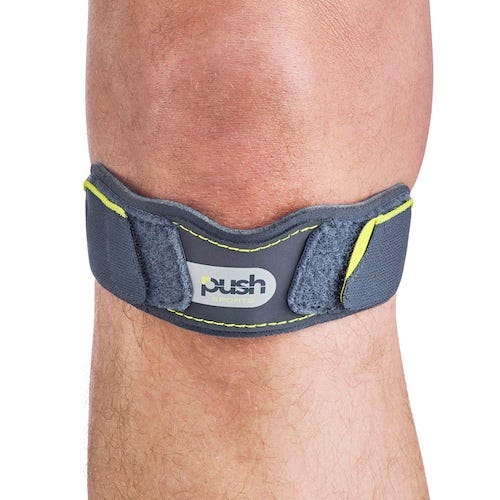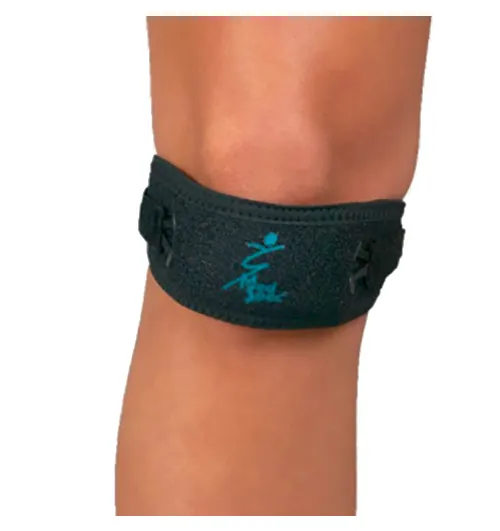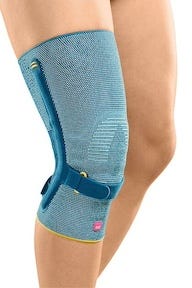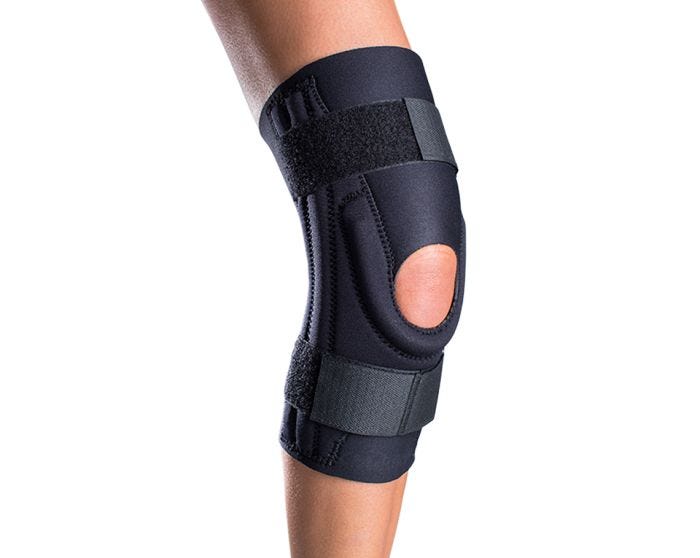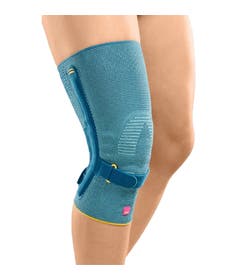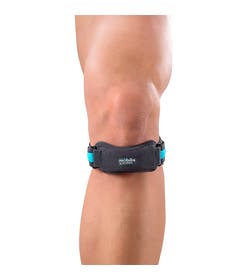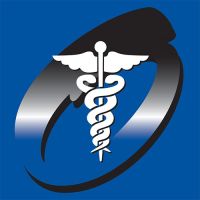Updated for 2024
Osgood-Schlatter Disease - Basics
What causes Osgood-Schlatter Disease?
Osgood-Schlatter disease is a common cause of knee pain in growing adolescents.
In adolescence, the body goes through a number of rapid growth spurts and there may be a different rate of growth for bones versus the rate of growth for muscles, tendons (a tissue type that connects muscle to bone) and ligaments (a tissue type that connects bone to bone for stabilization at joints).
The Patella Ligament runs from the kneecap (patella) to the shin bone (tibia). The activation of the Quadriceps (thigh) Muscle pulls on the top of the kneecap (as it is attached by a tendon), which in turn pulls on the Patella Ligament (as the ligament is attached to the underside of the kneecap), which in turn pulls at the insertion point at the top of the shin.
When the bone in this area grows faster than the muscles and/or ligaments, it will create an additional pulling at the insertion site of the shin bone (tibial tuberosity) as the soft tissues are experiencing more of a constant pull; causing pain and inflammation at that location.
Typically by the age of 14 to 16, the soft tissues of the body (muscles, ligament and tendons) have caught up to the growth of the bones and the pain subsides.
With sporting activities such as running or jumping, this can become more prevalent as it creates additional stresses on that insertion site. As this tibial tuberosity is not fully formed in those adolescent years, it is made of a softer composition called cartilage, so the constant pull causes a bump to be formed at that location. A small percentage of adults also develop this bony bump in the tendon that can become loose and painful.
Symptoms of Osgood-Schlatter Disease
- Knee pain
- Bony bump
- Inflammation
- Tight quadricep (thigh) muscles
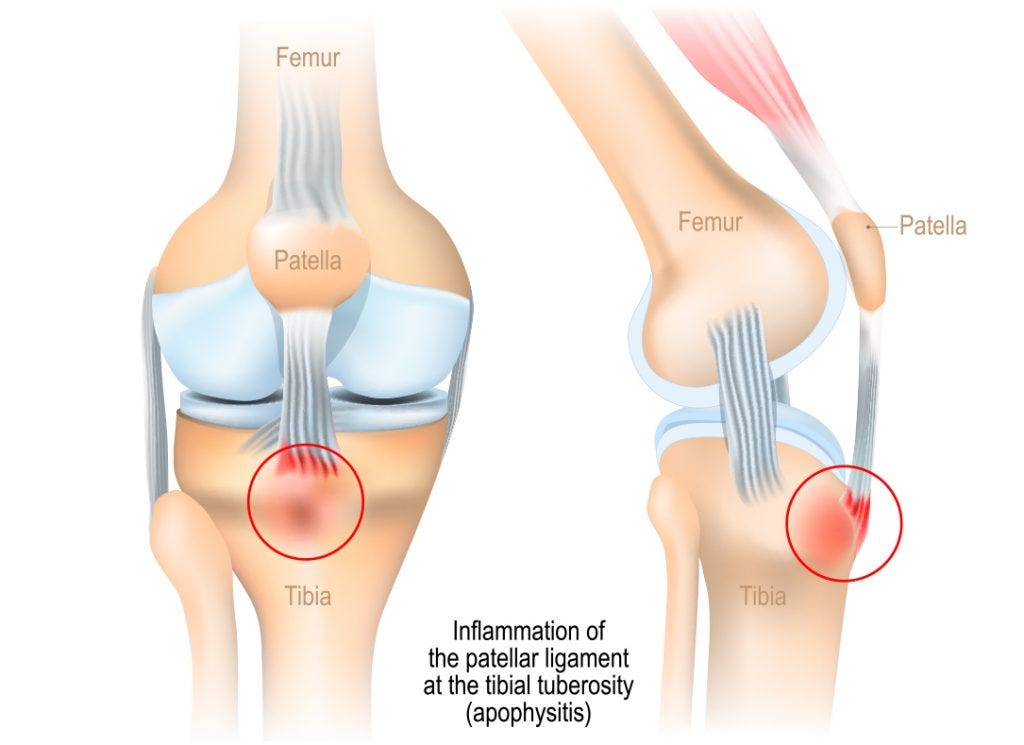

What can you do to treat Osgood-Schlatter Disease?
1) Pain Management
- Stretching exercises, prescribed by your physiotherapist or doctor
- Compression
- Ice (ice packs or cold therapy machine)
- Rest - followed by exercise prescription from your physiotherapist for strength training
What Brace Is Best for Osgood-Schlatter?
A strap style brace will provide pressure to the patella tendon to reduce the pull that occurs at the tibial tubercle from the quadricep working. Here are some bracing options that we like:
We like the Push Sports Patella Brace for sports because it's made of breathable material, it won't slip down, and is adjustable on both sides. The pressure pad applies intermitting pressure to the knee tendon. This results in a comfortable and relieving amount of pressure applied.
MedSpec Patellovator Knee Orthosis Strap:
This is our common recommendation for individuals requiring a strap for everyday use. The Patellovator knee orthosis has a unique design that applies pressure to the patellar tendon without creating a tourniquet around the leg or irritating the popliteal (back of the knee where the knee bends). The Patellovator knee orthosis is able to achieve this remarkable objective by having an interlocking base strap made from Coolflex material which is very comfortable and flexes with the knee.
Medi Genumedi PSS Knee Support:
This is the option we recommend for individuals that have swelling in the knee joint, as well as Osgood-Schlatters. The silicone pads in the Genumedi PSS relieve the pressure on the kneecap and, in conjunction with the knitted fabric's compression, produce a massaging effect. This effect encourages circulation through the joint and therefore helps reduce swelling and effusions and alleviate irritation and pain. It simultaneously helps improve muscular control and the body's own stabilisation of the knee joint. The pressure applied by the additional belt strap and the pad under it reduces tension on the patellar tendon thus creating relief for the tendon insertions and alleviating pain. Applies medical grade compression.
DonJoy Performer Patella Knee Support:
Have Osgood-Schlatter Disease and Patella Femoral Pain Syndrome (PFPS)? This is the option we recommend. The DonJoy Performer keeps the patella tracking properly through the full range of motion. The breathable material minimizes heat and perspiration while anchoring the brace firmly to the leg. An integrated horseshoe shaped pad provides targeted pressure to the patella tendon to relieve tension on the tibial turberosity for Osgood-Schlatter relief.
Reminder: Don't forget to consult your physiotherapist or healthcare practitioner for more information on how to alleviate the pain and numbness. Together with physical therapy, a brace and the right exercises may alleviate pain associated with Osgood-Schlatter Disease.
Browse more of our products to treat Osgood Schlatter


